Access to EMTP user presentations, webinars, and slide deck presentations.
page 4 of 4
17 presentations for parameters:
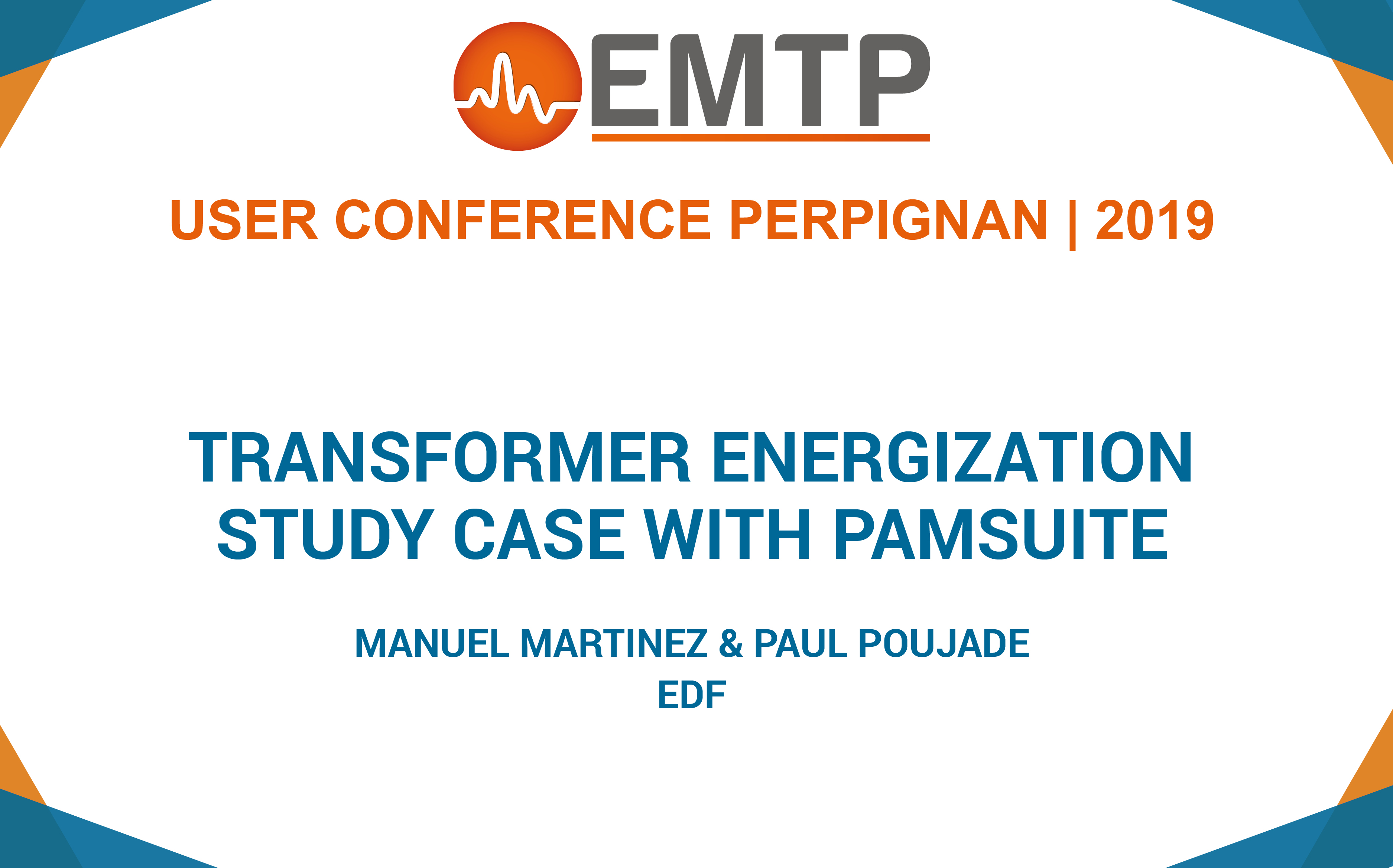
Author(s): Manuel Martinez & Paul Poujade, EDF
Type:Technical Presentation
Date: 2020-11-20
Transformer Energization Study Case with PAMSUITE742
Abstract
<h2 class="title">EMTP Europe User Conference 2019 </h2> <p class="tagline"><b>The EMTP User Conference pres... see moreentations are now available online!</b></p> <p id="text-intro"><b>Transformer Energization Study Case with PAMSUITE</b><br> A number of EMTP studies require parametric simulations. It is namely the case for transformer energization where many uncertain parameters can greatly influence the simulation results. This presentation will show how these kinds of studies can be quickly and easily carry out with PAMSUITE, the EMTP toolbox for parametric studies.
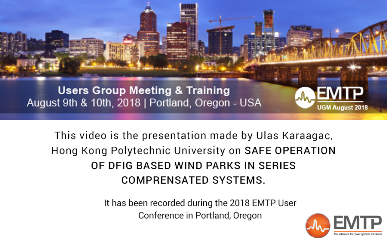
Author(s): Ulas Karaagac, Hong Kong Polytechnic University
Type:Technical Presentation
Date: 2020-11-20
Safe Operation of DFIG based Wind Parks in Series Compensated Systems740
Abstract
<h6 class="text-black" style="padding-bottom: 30px; padding-top: 30px; text-align: justify;">Speaker: <strong>Ulas Karaagac</stro... see moreng>, <em>Hong Kong Polytechnic University</em></h6> <p class="text-black">Subsynchronous control interaction (SSCI) is the interaction between the power electronics control and the series compensated transmission system that occurs at frequencies below the system nominal frequency. SSCI may occur between the doubly-fed induction generator (DFIG) control system and the series compensated transmission line, to which the wind park (WP) is connected. Not only the DFIG control system parameters, but also the WP operating conditions have significant impact on SSCI.<br><br>This presentation will demonstrate the impact of WP operating conditions and DFIG control system parameters on SSCI. Guidelines will be also presented for modifying the DFIG control system parameters to ensure safe operation and acceptable transient responses due to faults. In addition, the accuracies of various analytical tools used for SSCI problem identification will be discussed.</p>
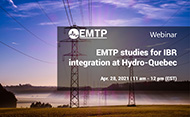

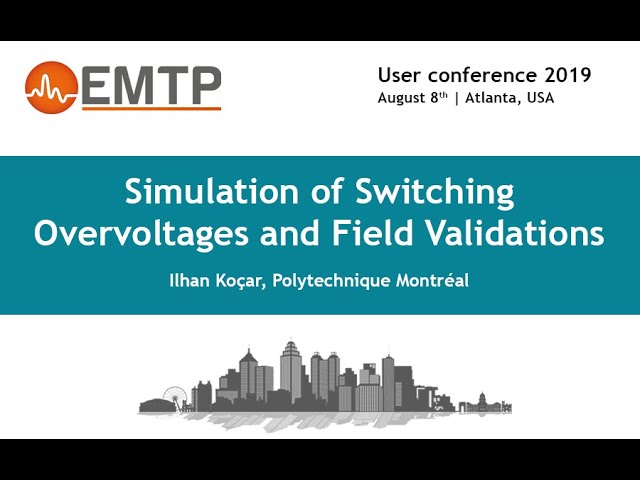
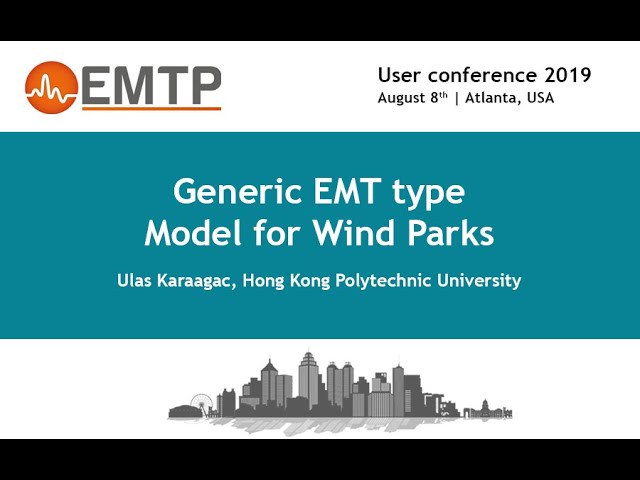
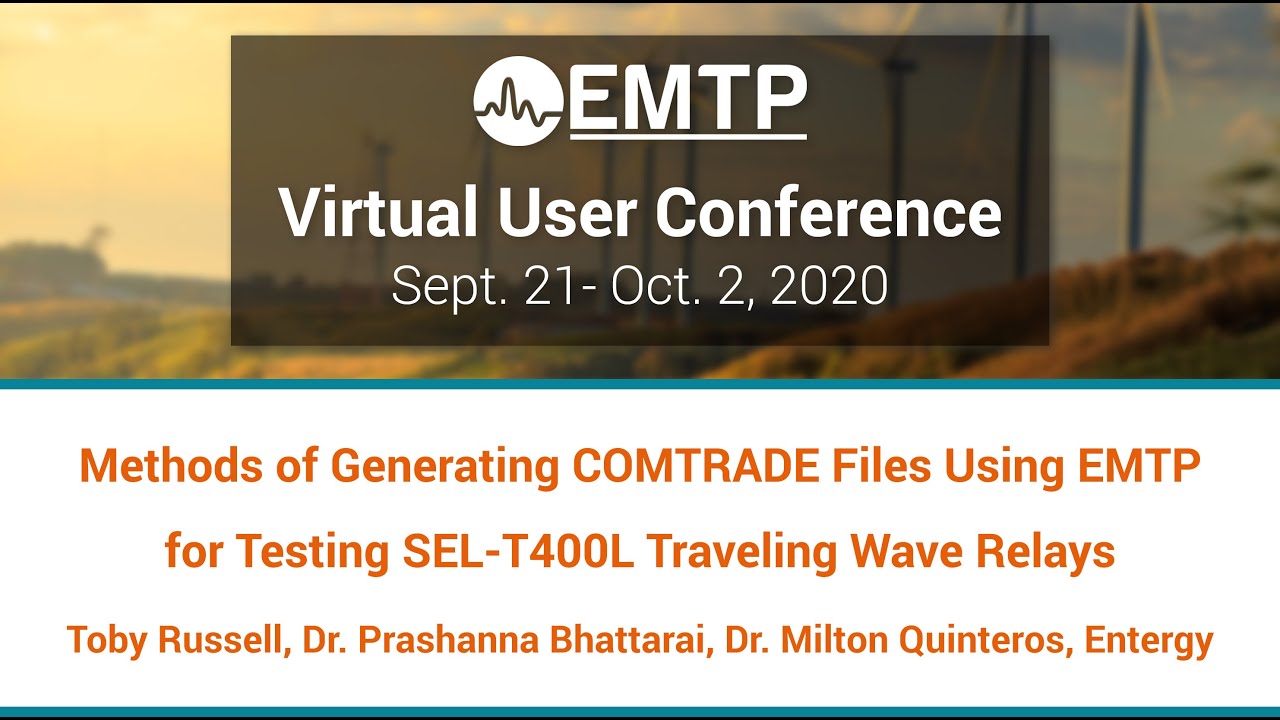
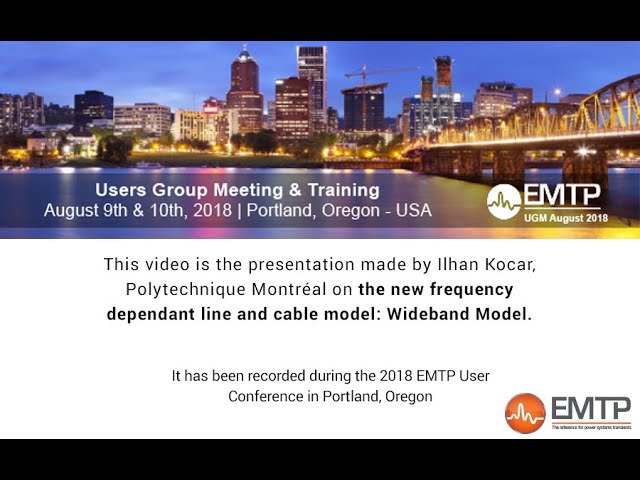
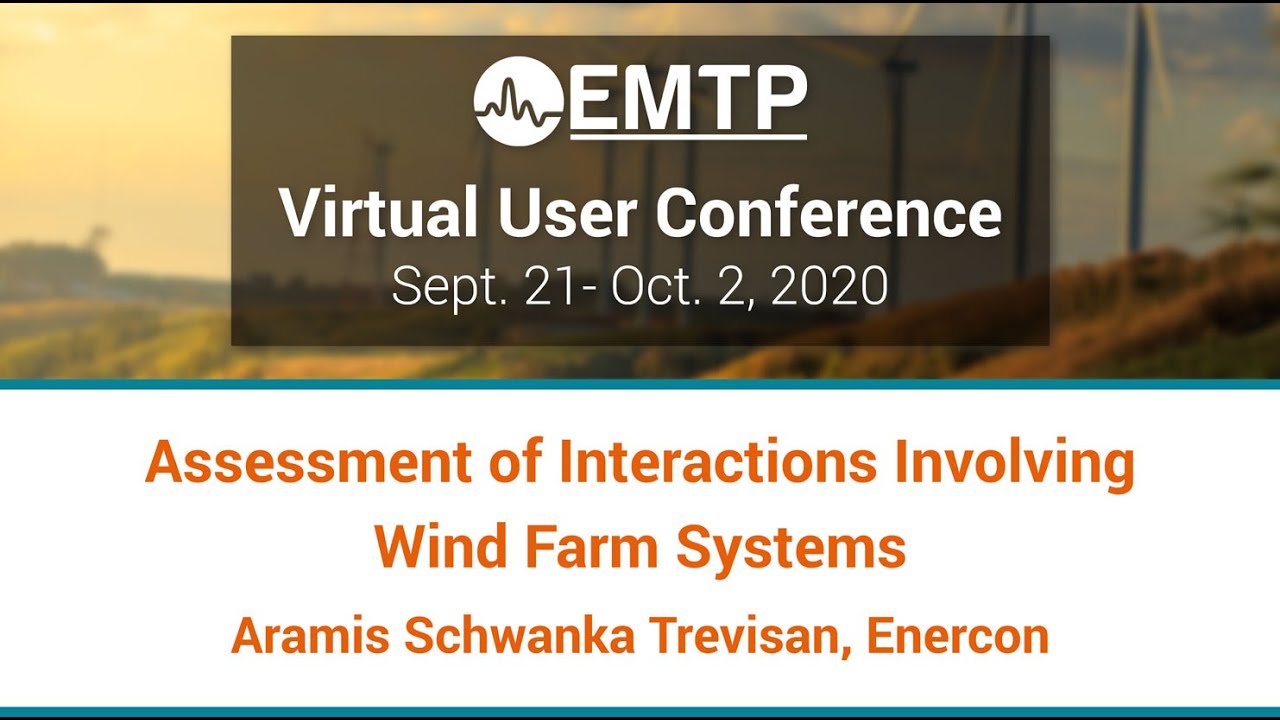

![[R&D]_EMTP : Recherche et développement [R&D]_EMTP : Recherche et développement](https://www.emtp.com/system/files/imagecache/presentation/slide1_1.jpg)

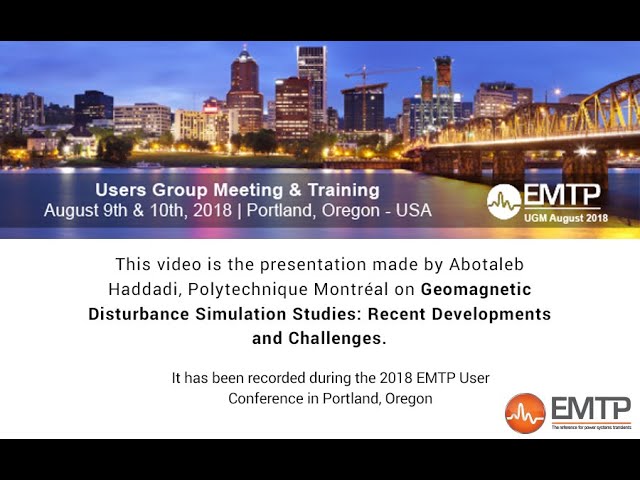


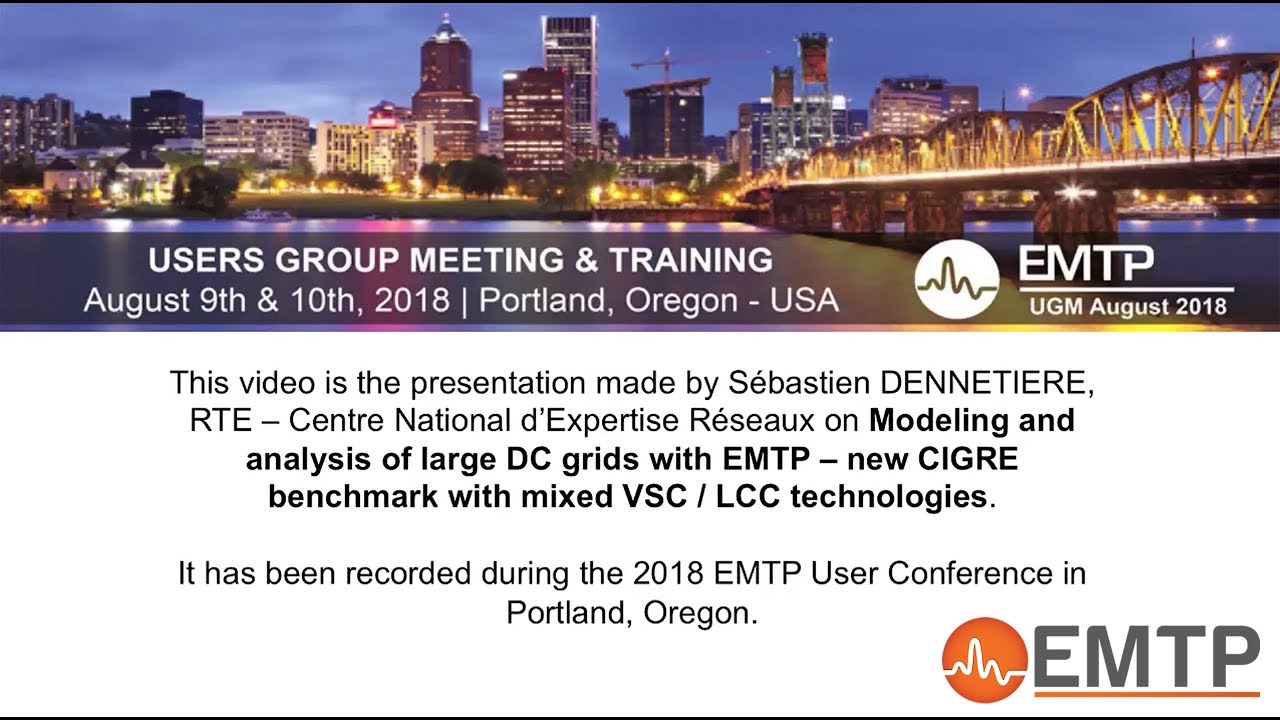
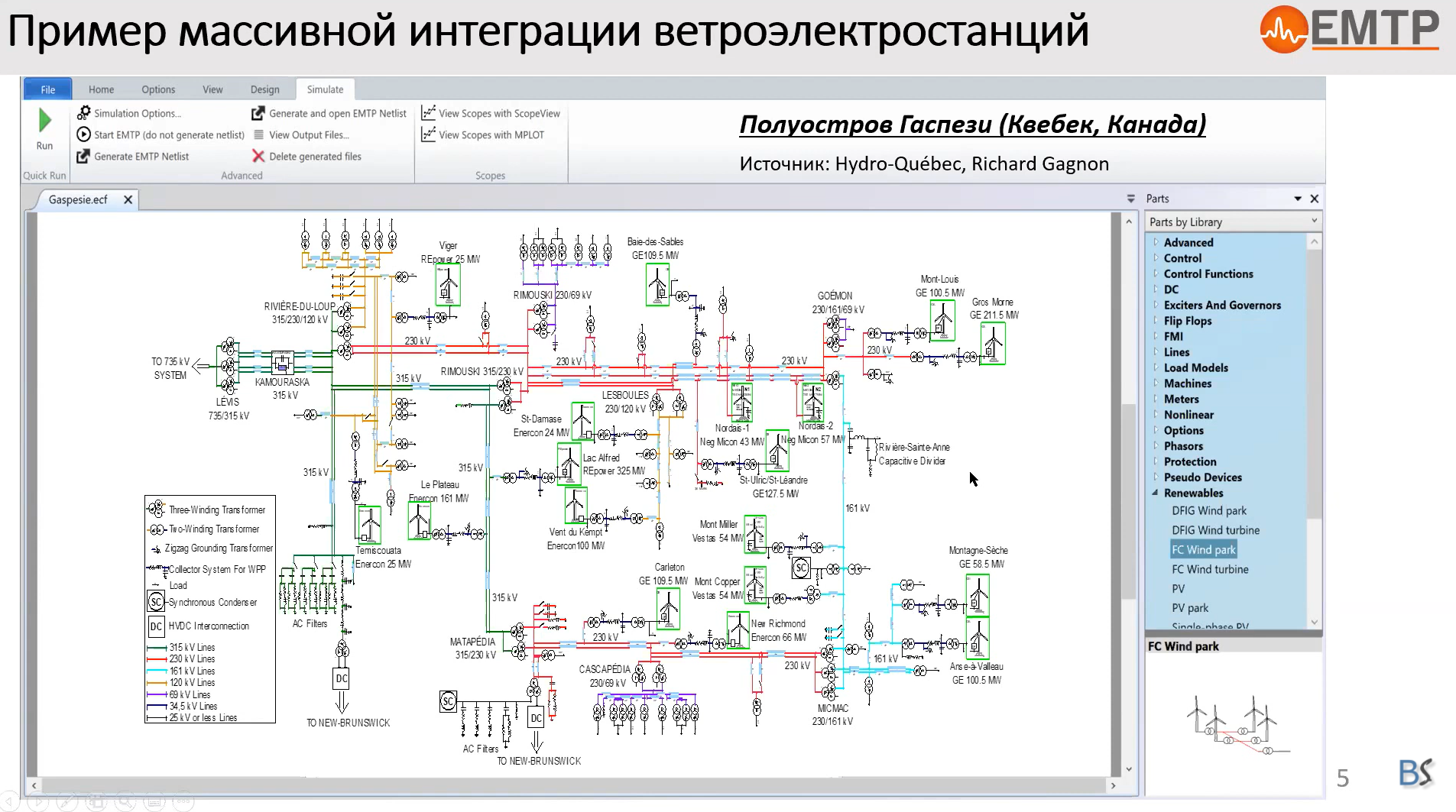
![[Protection_Devices]_Étude des courants coupés par les sectionneurs de changemen [Protection_Devices]_Étude des courants coupés par les sectionneurs de changemen](https://www.emtp.com/system/files/imagecache/presentation/TechnicalPresentation1.jpg)
